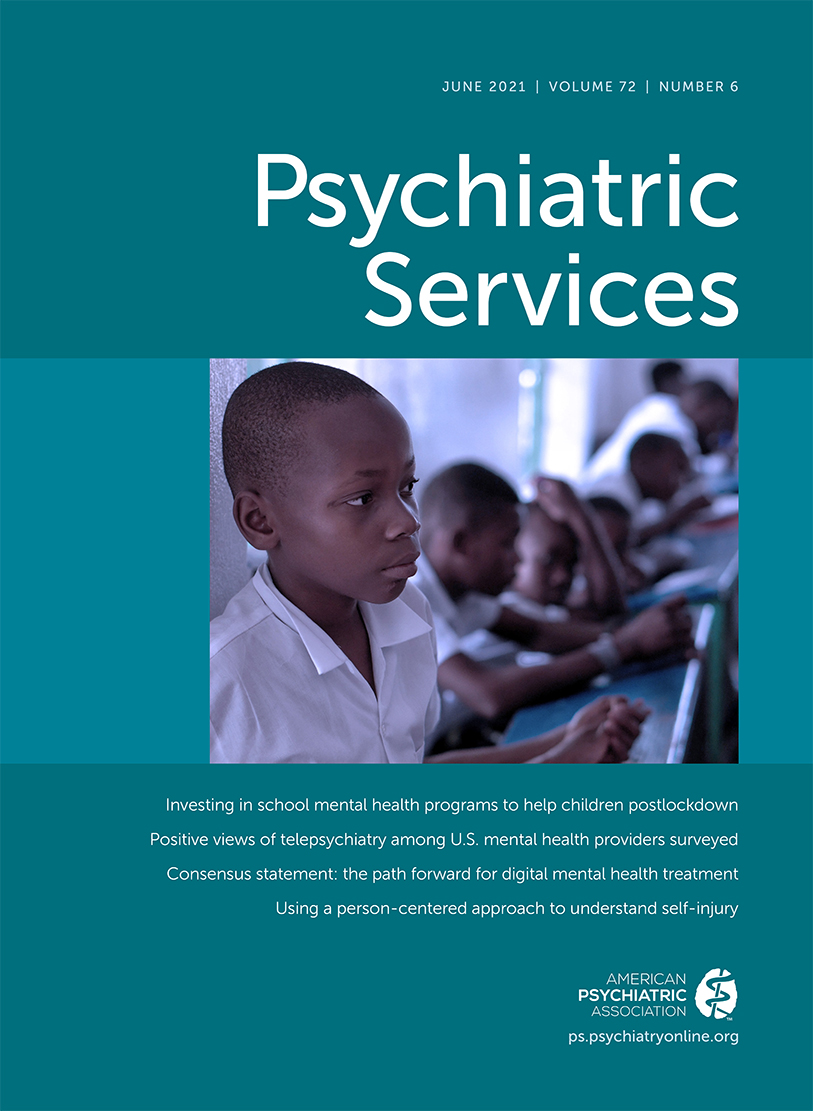Changes in Buprenorphine Treatment After Medicaid Expansion
Abstract
Objective:
The authors examined changes in buprenorphine treatment following Medicaid expansion, including the contribution of Medicaid-financed prescriptions.
Methods:
Buprenorphine pharmacy claims for patients were identified in the 2012–2018 IQVIA Longitudinal Prescription Data (LRx) data set, including 79.8% of U.S. retail prescriptions in 2012, increasing to 92.0% in 2018. A cohort analysis was used to assess the mean number of patients in a yearly quarter filling one or more buprenorphine prescriptions during preexpansion (2012–2013) and postexpansion (2014–2018) periods in expansion and nonexpansion states. Interrupted time-series analysis estimated associations of Medicaid expansion period with change in Medicaid-financed treatment. Separate analyses evaluated changes in duration and dose of new treatment episodes focused on mean quarterly number of patients treated with buprenorphine and proportions of new treatment episodes ≥180 days long and with ≥16 mg/day.
Results:
Between preexpansion and postexpansion, the mean quarterly number of patients taking buprenorphine increased by 93,300 in expansion states and by 84,960 in nonexpansion states. Corresponding changes for Medicaid-financed patients were 28,760 and 4,050, respectively. The fastest growth in Medicaid-financed treatment occurred among patients ages 25–44. Among new Medicaid-financed treatment episodes, little change was found in the proportion reaching the 180-day threshold, and declines were observed in the proportion receiving ≥16 mg/day.
Conclusions:
The findings are consistent with previous research indicating that Medicaid expansion has increased Medicaid-financed buprenorphine treatment. However, because of offsetting changes in other payment groups, the overall increase in expansion states was similar to the increase in nonexpansion states.



